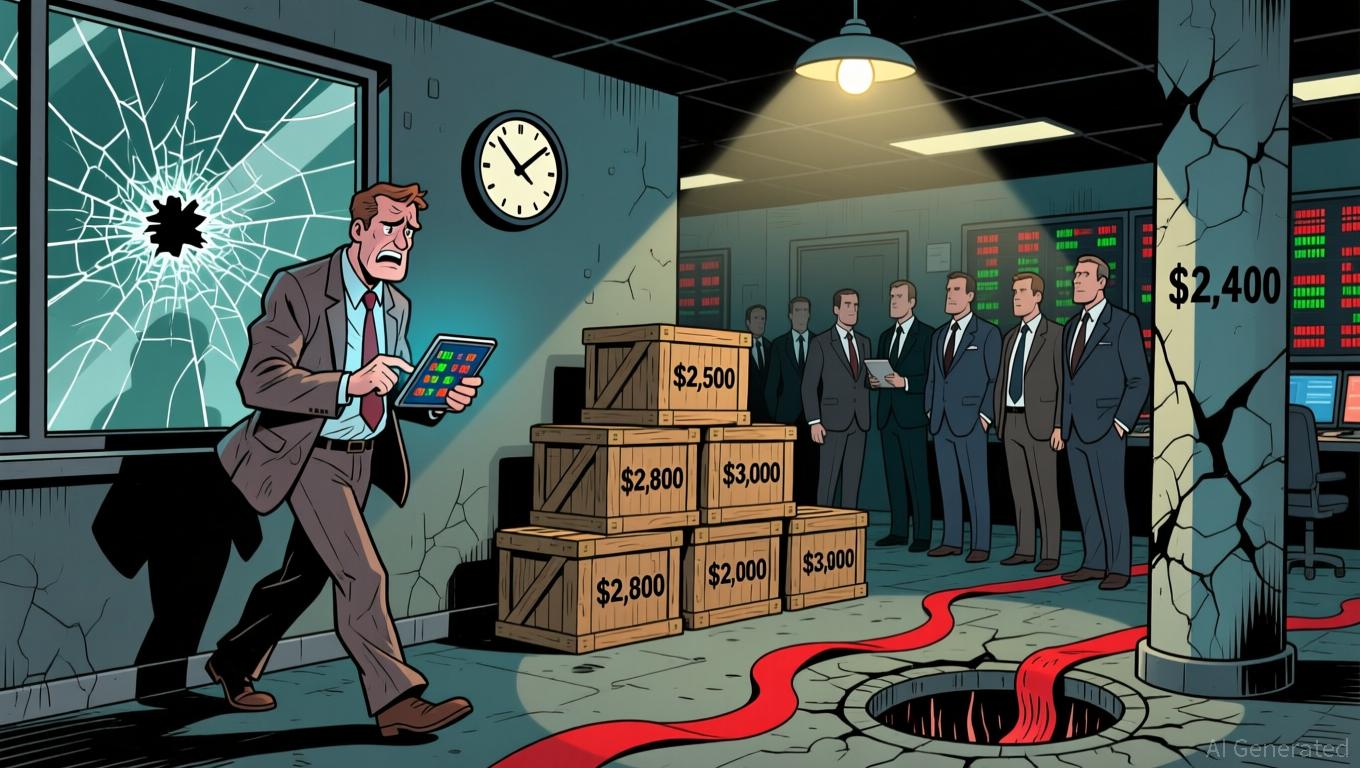Devices with Extended Lifespans Enhance Sustainability but Reduce Productivity
- Americans now keep smartphones for 29 months (up from 22 in 2016), driven by cost-cutting and sustainability, but this trend slows productivity as outdated devices struggle with modern demands. - Federal Reserve data shows each delayed equipment upgrade reduces productivity by 0.33%, while experts warn aging tech causes systemic inefficiencies through throttled networks and outdated software. - Solutions like modular upgrades and circular economies aim to balance sustainability with functionality, yet ri
More Americans are holding onto their smartphones and other tech devices for extended periods, a shift that is altering consumer habits and presenting new economic hurdles. On average, Americans now keep their smartphones for 29 months,
The economic consequences are notable. According to a Federal Reserve report
Cassandra Cummings, who leads Thomas Instrumentation, pointed out that aging devices put pressure on infrastructure: "Networks often slow down to accommodate older devices, which can reduce the efficiency of entire systems."

To address the economic drawbacks, solutions such as modular and easily repairable technology are being considered. Cummings proposes that future devices could allow for partial updates, like enhanced Ethernet features, instead of needing full replacements. Athwal suggests that increased software support and easier access to replacement parts from governments and tech firms could help users keep older devices longer without excessive costs.
Despite these obstacles, companies like
Research on workplace technology highlights the issue:
As the discussion about how long to keep devices continues, finding the right balance between saving money and maintaining economic strength remains a key concern. With Americans increasingly valuing both sustainability and affordability, the challenge for leaders and businesses is to promote innovation without widening the productivity divide.
---
Disclaimer: The content of this article solely reflects the author's opinion and does not represent the platform in any capacity. This article is not intended to serve as a reference for making investment decisions.
You may also like
Ethereum Updates: Ethereum Drops to $2,800, Prompting Surge in Demand for ZKP's Hardware-Based Presale
- Ethereum's price fell below $2,800, triggering $6.5M liquidations and testing critical support levels amid declining on-chain demand metrics. - Institutional players like BitMine accumulated 3.62M ETH (~$10.4B) despite the selloff, signaling long-term bullish conviction. - ZKP's hardware-driven presale gained traction with $17M in ready-to-ship Proof Pods and Miami Dolphins partnership for privacy-focused sports analytics. - Mutuum Finance's $19M DeFi presale and ZKP's auction model with $50K wallet caps

Vitalik Buterin Supports ZKsync: What This Means for Layer 2 Scaling
- Vitalik Buterin endorsed ZKsync in late 2025, highlighting its "underrated and valuable" work alongside the Atlas upgrade achieving 15,000 TPS and $0.0001 fees. - ZKsync's zero-knowledge rollups and EVM compatibility enabled institutional adoption by Deutsche Bank , Sony , and Goldman Sachs for cross-chain and enterprise use cases. - The Fusaka upgrade aims to double throughput to 30,000 TPS by December 2025, positioning ZKsync to compete with Polygon zkEVM and StarkNet in Ethereum's Layer 2 landscape. -

The ZK Atlas Enhancement: Revolutionizing Blockchain Scalability?
- ZKsync's 2025 Atlas Upgrade achieves 15,000–43,000 TPS with sub-1-second finality, addressing Ethereum L2 scalability bottlenecks via Airbender proofs and modular OS. - DeFi protocols like Aave and Lido leverage ZKsync's $0.0001/tx costs to unify liquidity, while Deutsche Bank and Sony adopt its trustless cross-chain infrastructure for compliance and transparency. - ZK token surged 150% post-upgrade, with TVL hitting $3.3B and analysts projecting 60.7% CAGR for ZK Layer-2 solutions by 2031 amid instituti

XRP News Update: XRP ETFs Spark Optimism—Is $1,115 Within Reach?
- XRP's price surge to $2.20 is driven by ETF launches, with $422M inflows from Franklin Templeton and Grayscale. - Technical indicators suggest a potential $2.50+ rally if support at $1.84 holds, with long-term forecasts reaching $26.50 by 2030. - Institutional adoption of Ripple's ODL and Ripple USD's $1B+ market cap highlight growing utility beyond remittances. - Regulatory clarity post-SEC ruling and macroeconomic factors remain critical for XRP's $1,115 potential in ultra-bullish scenarios.
